Artisan Bread In Five Minutes A Day, Seriously
This post may contain affiliate links. Please read my disclosure policy.

I thought this last idea sounded a little odd. With bread often being one of the least expensive items at the market, surely, I thought, their are better ways to save money.
I decided to investigate. Over the weekend, I made a visit to Henry’s Market (to purchase goat’s milk for a rosemary-gelato round two attempt) where I recorded some prices. A one-pound loaf of La Brea bread (the gourmet bread created by Nancy Silverton sold at grocery stores nationwide) costs on average $5.35. (To give you a range, the least expensive La Brea Country White Sourdough loaf cost $3.99 a pound and the most expensive Olive loaf cost $6.99 for 14.5 ounces.) Now, La Brea bread is one of the more expensive varieties of bakery-style bread found at grocery stores, but it’s also one of the best, and I’ve chosen to use it as the measure in this experiment for that reason.
Now, on to Artisan Bread in Five Minutes a Day. I’ve been meaning to open this book since receiving it at Christmas from my father-in-law, who had read about it in this November 2007 NYTimes article: “Soon The Bread Will Be Making Itself”. Seriously, after I made the initial batch of starter, the bread took no more than five minutes of active time to prepare. (Plan on a 40 minute rise plus a 30 minute bake). And the result? Five stars. Ben and I ate almost an entire one-pound loaf in one sitting.
Preparing the loaves is so simple that I made bread on both Saturday and Sunday nights of this weekend, and I still have enough starter to prepare two more loaves this week. The starter keeps for at least two weeks in the refrigerator. This method, created by Jeff Hertzberg, a physician from Minneapolis, entails no kneading and can be prepared by the most novice of bread makers. If you have any inkling to learn to make bread or if you are a pro and desire a simpler method, buy this book: Artisan Bread in Five Minutes a Day: The Discovery That Revolutionizes Home Baking.
So, what does one of these loaves cost to prepare? Using the price of flour given by the American Farm Bureau — a 5-lb. bag of flour costs on average $2.39 — and prices for yeast and salt listed at Henry’s Market — a 3-lb. pound box of kosher salt costs $3.49 and a three-pack of yeast costs $2.39 — a one-pound loaf of homemade artisan bread costs about 60 cents to prepare from scratch. (Flour costs about 3 cents per ounce; yeast, 35 cents per teaspoon; and salt, 1 cent per teaspoon.) Using Henry’s Market prices, too, this estimate of 60 cents is likely on the high side.
The average price of a loaf of La Brea bread is almost nine times more expensive. Even the cheapest loaf of bakery-style bread, priced at $1.29 a pound, costs over twice as much as a loaf of homemade bread. Upon closer analysis it seems the man who called into the radio program actually might be on to something.
Even if saving money is not your goal, however, give this recipe a stab purely to experience how truly simple bread making at home can be. I’m dying to try other recipes in this book such as roasted red pepper fougasse, Italian semolina, and sun-dried tomato parmesan but for now, I’m extremely happy with the results of this master boule: It’s perfectly salty, moist and airy and delectable all around.
We ate three-quarters of this loaf in one sitting. It’s so yummy!

The Master Recipe: Boule
- Yield: 4 1-lb loaves
Description
Adapted From Artisan Bread in Five Minutes A Day by Jeff Hertzberg and Zoë François
Ingredients
- 3 cups lukewarm water
- 1½ T. granulated yeasts (1½ packets)
- 1½ T. kosher or other coarse salt
- 6½ cups (29.25 oz.) unsifted, unbleached, all-purpose white flour, measured with the scoop-and-sweep method
Instructions
1. Warm the water slightly: It should feel just a little warmer than body temperature, about 100ºF.
2. Add yeast and salt to the water in a five-quart bowl, or preferably, in a resealable, lidded (not airtight) plastic food container or food-grade bucket. Don’t worry about getting it all to dissolve.
3. Mix in the flour: Add all of the flour at once, measuring it with dry-ingredient measuring cups, by gently scooping the flour, then sweeping the top level with a knife or spatula; don’t press down into the flour as you scoop or you’ll throw off the measurement by compressing. Mix with a wooden spoon. If necessary, reach into your mixing vessel with very wet hands and press the mixture together. Don’t knead! It isn’t necessary. You’re finished when everything is uniformly moist, without dry patches. Dough should be wet and loose enough to conform to the shape of the container.
4. Allow to rise: Cover with a lid (not airtight) that fits well to the container you’re using. Allow the mixture to rise at room temperature until it begins to collapse (or at least flattens on the top), approximately two hours. You can use a portion of the dough any time after this period, but fully refrigerated dough is less sticky and is easier to work with. So, the first time you try this method, it’s best to refrigerate the dough overnight before shaping a loaf.
On Baking Day:
5. Sprinkle the surface of your refrigerated dough with flour. Pull up and cut off a 1-pound (grapefruit-size), using a serrated knife. Hold the mass of dough in your hands and add a little more flour as needed so it won’t stick to your hands. Gently stretch the surface of the dough around to the bottom on all four sides, rotating the ball a quarter-turn as you go. The correctly shaped final product will be smooth and cohesive. The entire process should take no more than 30 to 60 seconds.
6. Place the shaped ball on a cornmeal-covered pizza peel. (If you aren’t planning on baking the bread on a pizza stone, just let the dough rest on a cornmeal-covered cutting board. Allow the loaf (uncovered) to rest on the peel for about 40 minutes.
7. Twenty minutes before baking, preheat the oven to 450ºF, with a baking stone placed on the lowest rack. (If you don’t have a stone, don’t worry.) Place an empty broiler tray for holding water on any other shelf that won’t interfere with the rising bread. (This helps to make the crust crispy, but your bread will still be delicious if you omit this step.)
8. Dust the top of the loaf liberally with flour, which will allow the slashing knife to pass without sticking. Make several ¼-inch-deep slashes across the bread. (Again, if you omit this step, your bread will taste the same.)
9. With a quick forward jerking motion of the wrist, slide the loaf off the pizza peel and onto the preheated stone. (Alternatively, butter a Pyrex dish or baking pan and place the bread in the pan.) Quickly but carefully pour about one cup of hot tap water into the broiler tray and close the oven door to trap the steam. Bake for about 30 minutes, or until the crust is nicely browned and firm to the touch. Allow to cool completely, preferably on a wire rack.
If you bake frequently, purchase yeast in bulk bags and store in your refrigerator or freezer in an airtight container. You’ll save a ton of money:

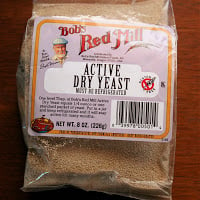
Here are two shots of an unslashed loaf baked in a buttered one-quart Pyrex dish. The difference in crust texture, in my opinion, is indetectable. If you don’t have a pizza stone and don’t feel like going through the trouble of a steam tray, this method, outlined in the recipe, works just fine.
This post may contain affiliate links. Please read my disclosure policy.

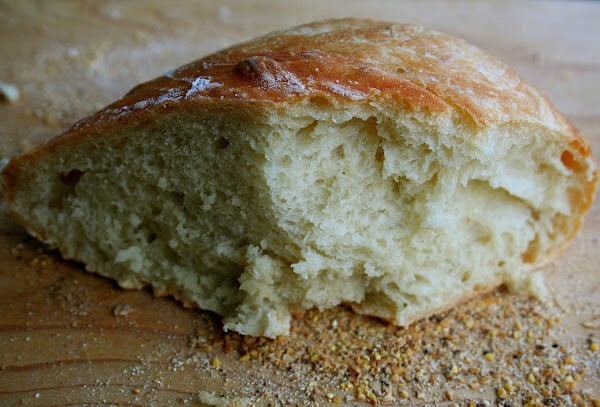

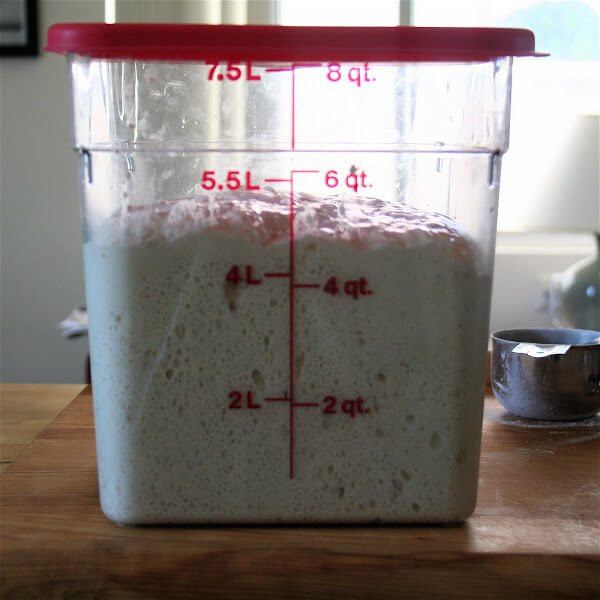
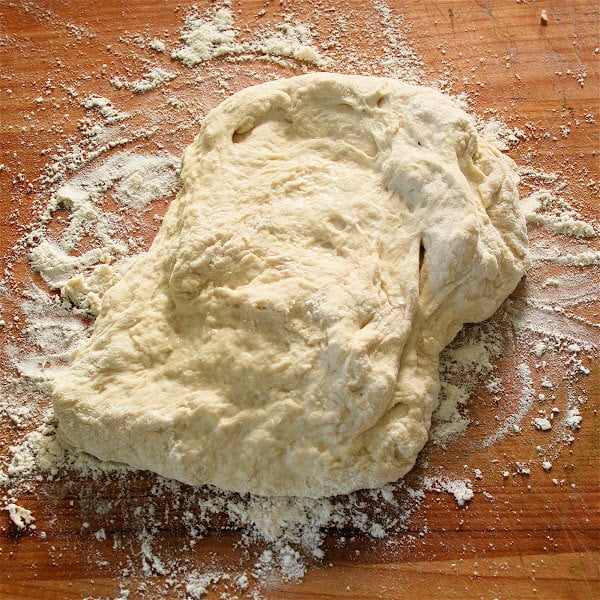
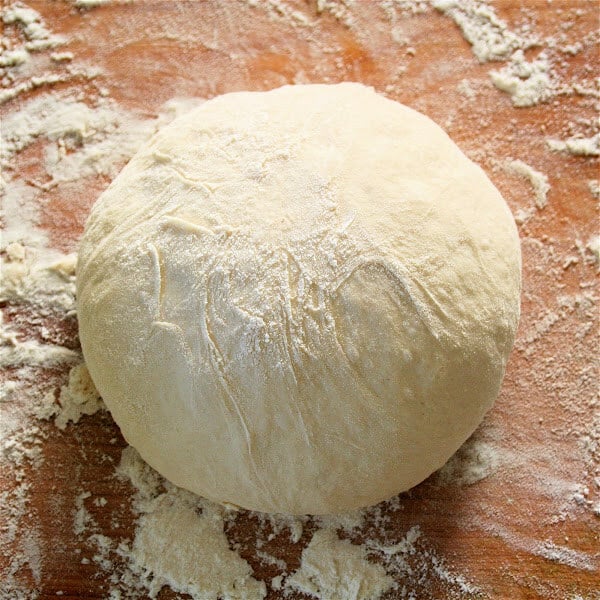
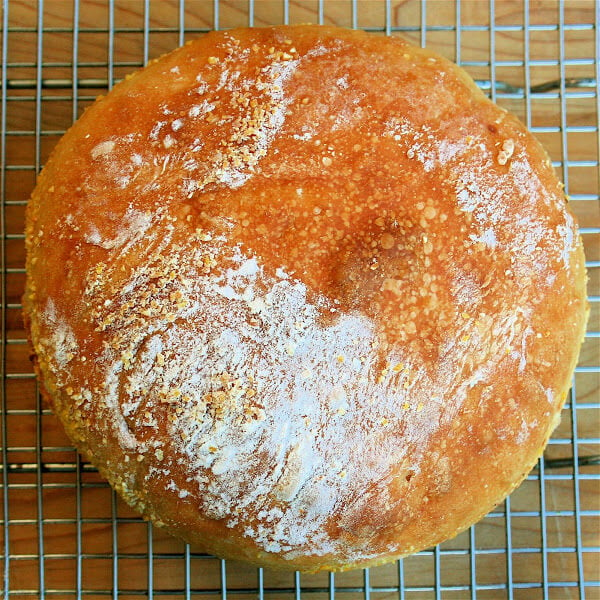











173 Comments on “Artisan Bread In Five Minutes A Day, Seriously”
great easy recipe
Great to hear, Joan!
I have loved the no-knead peasant bread recipe and I want to try this. Just one question—as much as I love bread, I live alone and shouldn’t eat all this bread. I bake off half the no-knead bread as rolls and freeze them, but for this recipe I was wondering if I could make the dough over the weekend and let it sit in the fridge to make over the week. How long does this dough stay good?
Hi Anna! I would recommend making this recipe instead: Jim Lahey’s No-Knead Bread. This way you won’t have to worry about having extra dough on hand and the recipes yield nearly identical loaves of bread.
If you do want to make this, however, you can make the dough over the weekend. I don’t find I get a great rise after day 3, so if you’re hoping to store the dough for longer than that, I would make the Jim Lahey bread recipe.
OK the easy artisan bread is dig it’s thing here on the counter. What old happen if I baked it in my cast iron Challenger?
I think using the Challenger is a great idea! Go for it. I’m likely too late here. Hope it turned out well!
Hi! I made 2 loaves of peasant bread and have this dough chilling in my fridge right now. Your instructions say to use 1 lb for a boule, but what do you do with the rest? Can you use it all for one Bakr? Does the remainder act as a sourdough starter? Also, can it be used to make rolls? I’m making bread to go with soup for Xmas eve dinner and rolls would be easier to serve. Thanks for sharing!
Hi! You can keep the dough in the fridge and use it as you need — make another 1 lb boule or shape it into rolls or sandwich bread, etc. Just be sure to give it sufficient time at room temperature to rise, especially during these colder months. Happy baking!
I can’t wait to try your recipe looks amazing. I was wondering if you have video clip for the Artisan bread?
Hi Saba! I do not, unfortunately. I’m sorry! I would google Artisan Bread In Five Minutes a Day and get to the main ABin5 website. I am sure there are lots of great videos on their website 🙂 🙂 🙂
can i sub in whole wheat flour/
Sure. Just keep in mind the finished loaf will be heavier. Still tasty! Just not light and airy.
i figured i’d do a 1/3 to 2/3 wheat to all purpose. i’ll let you know how it turns out!
Great! Good luck 🍞🍞🍞🍞🍞
I found your amazing peasant bread recipe a few months ago and I am still amazed at the ease of making it. I now make it in
different container shapes and sizes. I make it for communion Sunday and the pastor loves holding it up and breaking in two as he talks about the body of Christ. I’m actually teaching this recipe to a young mom right now! Thank you! 5 stars!
Wonderful to read all of this, Marilyn. Thanks so much for writing and sharing 🙂 🙂 🙂
In the first image, it looks like the loaf was scored. At what point in the recipe do I score the dough? Thank you! Looking forward to trying this.
Hi Debby! Just before the dough enters the oven… it’s step 8 in the instructions.
In the baking instructions for the no knead bread do I put the pan of water in whether I have a stone or not?
If you want to! It helps slightly with the crust, but it’s definitely an optional step.
Hi,
for the 1½ T. granulated yeasts; is it tablespoon or teaspoon
Tablespoon 💕
I saw the “My Mom’s Peasant Bread” on Instagram and had to have it. The book is so great. I have made the Mom’s recipe twice already. Next I will make the master recipe for a boule. I have made bread before but is has always been a bit of an ordeal. Alexandra’s recipes make baking bread feel so approachable.
Kate Moore
So nice to hear this, Kate 🙂 🙂 🙂 Thanks so much for writing. So glad you’ve had success with the peasant bread.
This is my go-to for perfect bread every time. This base makes the BEST Sticky Rolls- we have it every Thanksgiving morning watching the Macy’s parade. I have even used the base for Garlic Knots.
Would this work as a pizza crust? I have always wanted to try, but haven’t had the guts yet! Ha!
Thank you for this recipe. It is our family’s favorite!
Hi Jen! Great to hear. And yes, it will absolutely work for pizza dough… go for it!
Love this recipe. Do you think I could use a cast iron pot with a lid for baking the bread in?
I do!
Amazing, so easy
Enjoying BTC & learning to bake bread. The Multigrain Cereal Bread recipe is next & I have a question about the amount of boiling water used.
Ingredient list states: 1cup.
In Step 1: combing cereal, boiling water, and maple syrup. Let stand for 10 minutes. Add 1 cup of water and stir to combine. (this confuses me lol)
Is it 1 or 2 cups of water in this recipe?
Appreciate your help & your lovely recipes.
Hi! It has confused so many people, Mary! It’s 2 cups of water total. There are a few recipes like this in the book — the oatmeal maple is one and there are a few others, so if ever you just see 1 cup of water in the ingredient list, be sure to read the instructions, which is where you’ll find the other cup of water hiding 🙂
Thank you for your kind words 🙂
Please use darker ink. I, and many others, have low vision. I love what you say as well as the recipes but struggle to read them.
Thank you.
Julie
I was a little worried as it did not rise while it sat for the 40 minutes, but if came out beautiful!
Great to hear Doreen!
Delightful bread, very easy recipe.
Having eaten the Peasant Bread for years, this is a great change up. This bread is more airy.
Great to hear, Will! Thanks for writing 🙂